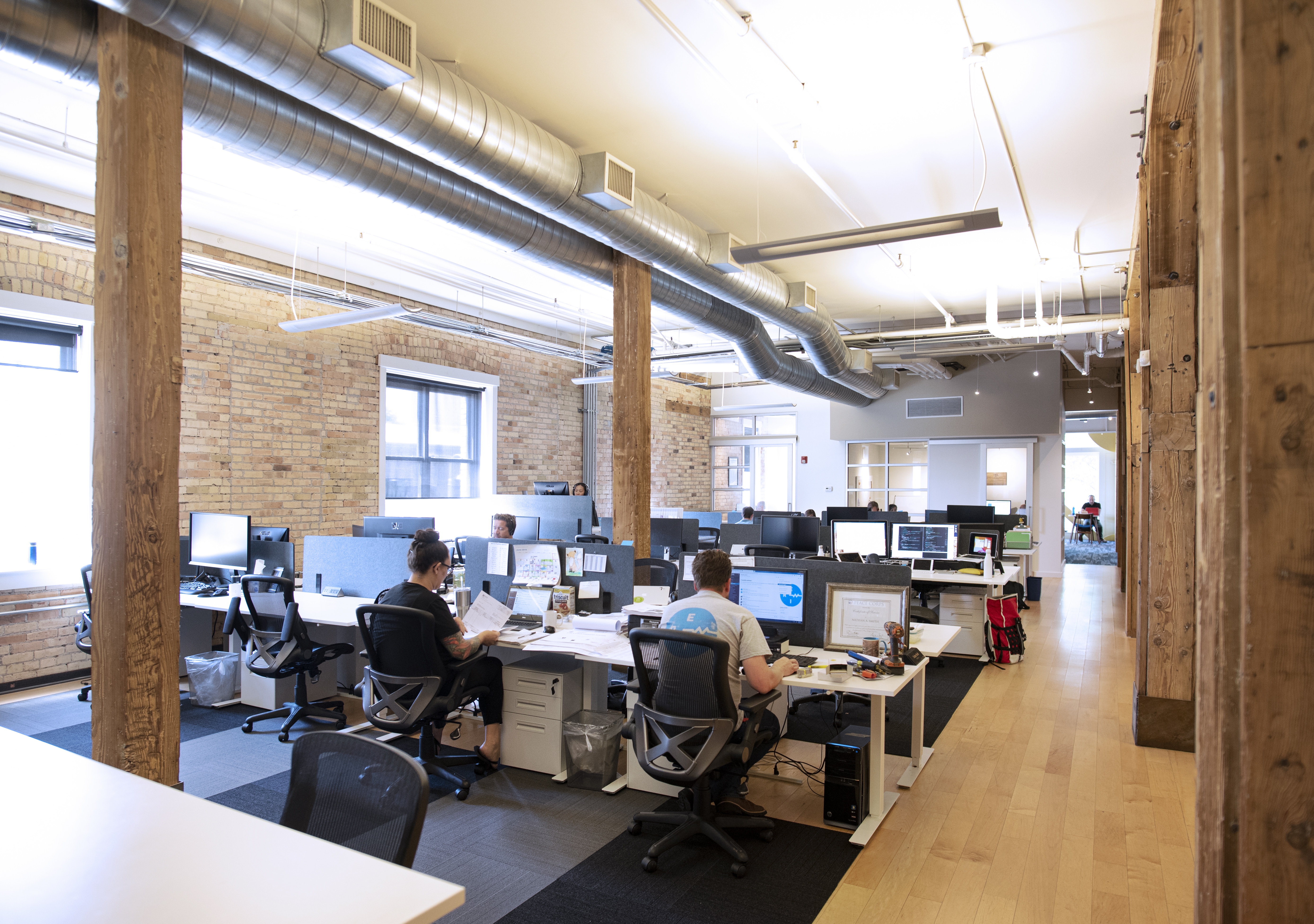We hear a lot about learning styles when we grew up going to school, but rarely do we think about our working styles as adults. Ironically, it relates to a dynamic that we all unconsciously navigate every day: how to work with others. Whether you are a member of a department within a large corporation, part of a small startup, or even if you are a solopreneur, knowing how you perform best around others is crucial for success with your team and your customers.
This article describes working styles as the strategies we use to succeed in our jobs. It delineates three categories of working styles:
- Independent – “they have great difficulty working closely with other people and can’t work well under a great deal of supervision. They have to run their own show.”
- Cooperative – “function best as part of a group. They want to share responsibility for any task they take on.”
- Proximity – “prefer to work with other people while maintaining sole responsibility for a task. They are in charge but not alone.”
Which one are you?
The categories seem simplistic and common sense, but still so many people do not ever think about how they relate to others and their work.
Its important to know into which category you fall simply for the sake of new self-awareness, but even more interesting is how it can be used for ongoing success and productivity.
Take “Proximity workers”, for instance. They enjoy independent tasks but they enjoy being around others or getting feedback on their work once they completed the task themselves. In larger companies or agencies, good examples of this type of worker is a designer whose tasks are very focused and independent but which must fit into the overall task of the team for the company’s success.
Another example of this category is a member of a coworking space. Though the member may not be part of a team with any other member in the space, they still have the opportunity to speak with others around them and receive support or feedback, as necessary.
Now consider these three categories from a recruitment perspective. The article states: “Some employees thrive on a large amount of feedback and human interaction. Would you reward their good work by putting them in charge of some new autonomous venture? Not if you want to make use of their best talents. That doesn’t mean you have to keep a person at the same level. But it does mean you should give promotions and new work experiences that utilize the person’s best talents, not his worst ones.”
This way, knowing an employee’s working style can help a supervisor maximize their productivity and contribution to the team as a whole. Furthermore, determining a candidate’s working style during a job interview will provide the employer immediate data as to how that person might best fit into the team.
Try this at work. Think about yourself or your teammates. If you manage a whole team, definitely think about how your work style affects your charges.
If you are a sales manager, consider how your work style affects your interaction with customers. Alternatively, consider how your customer’s work style might affect their interaction with you.










